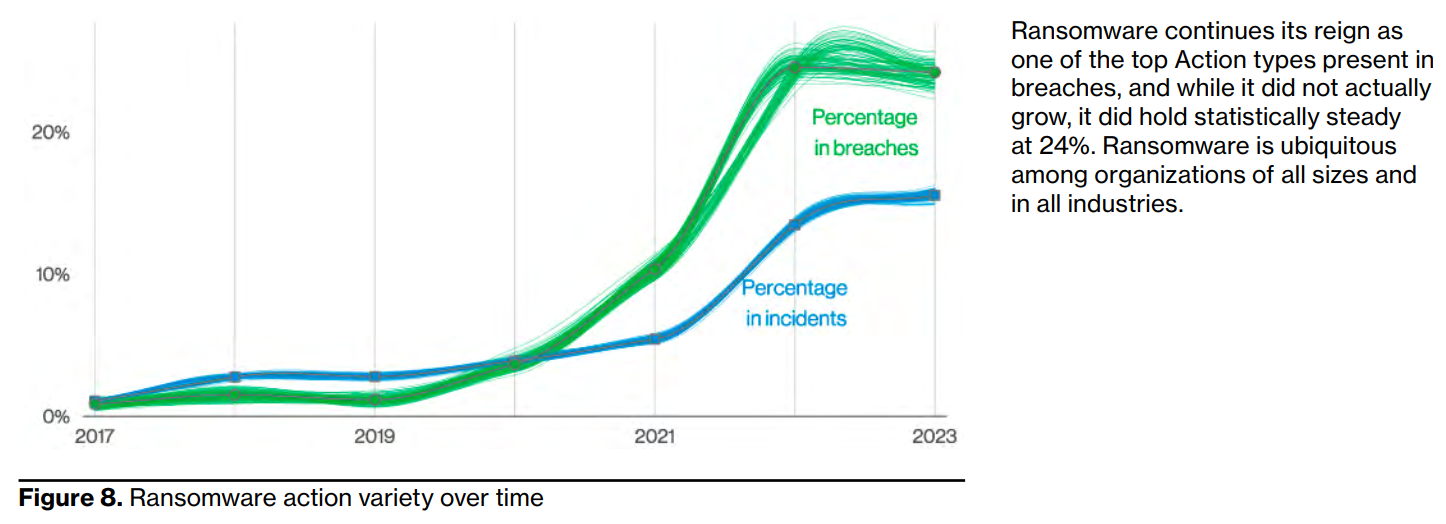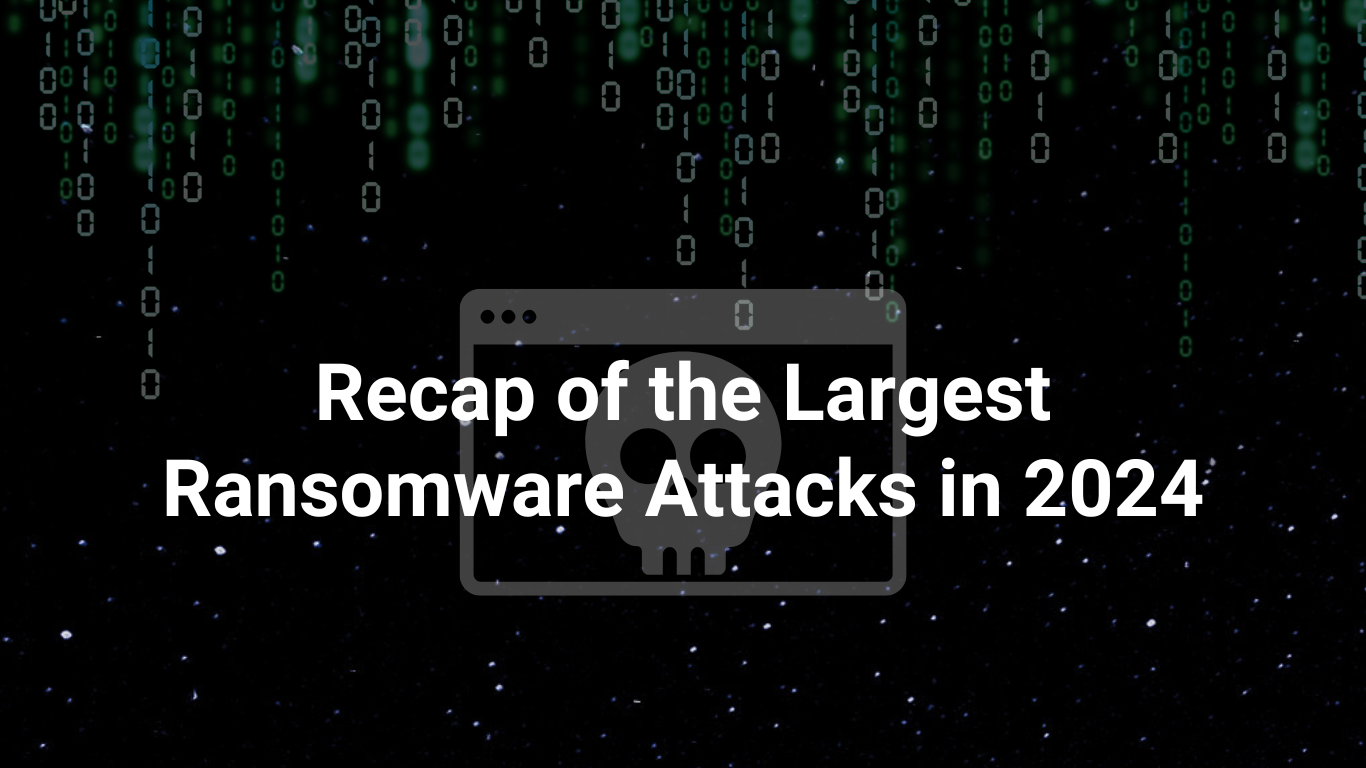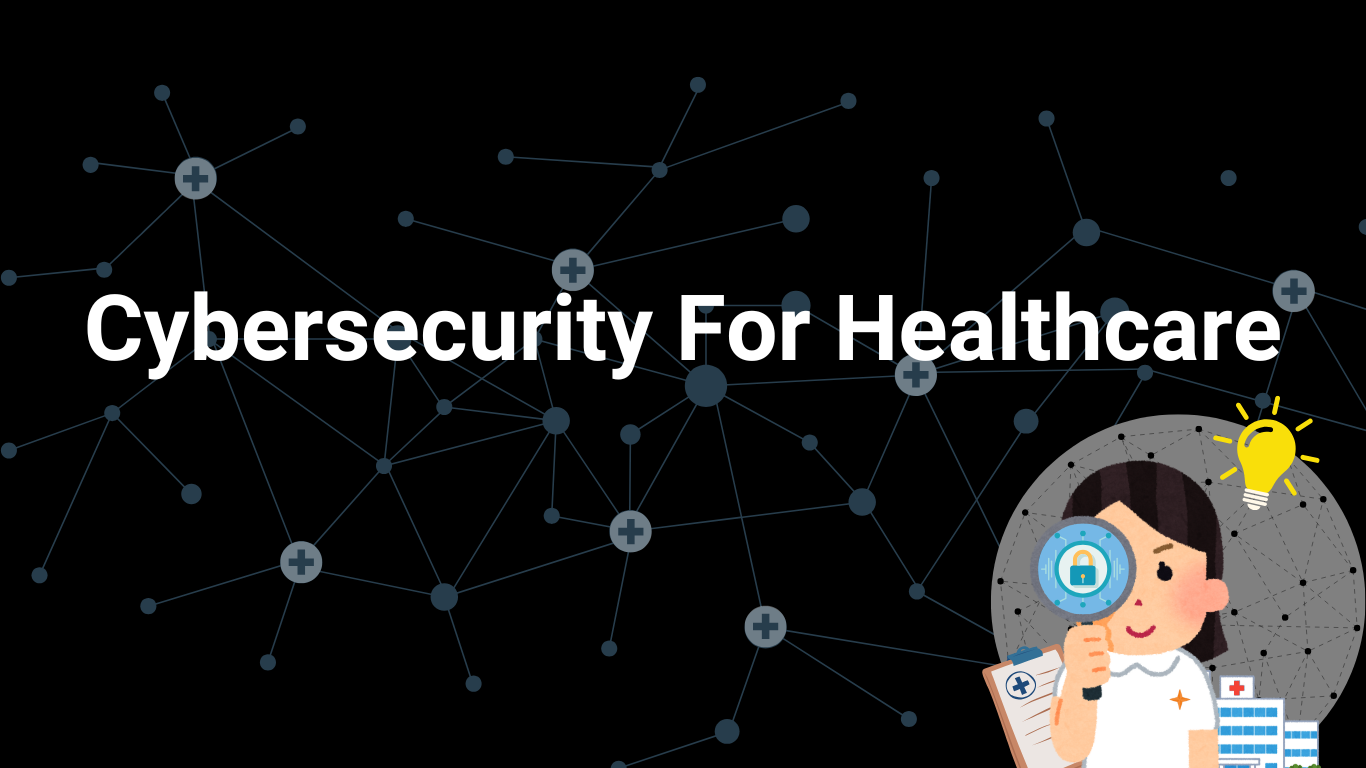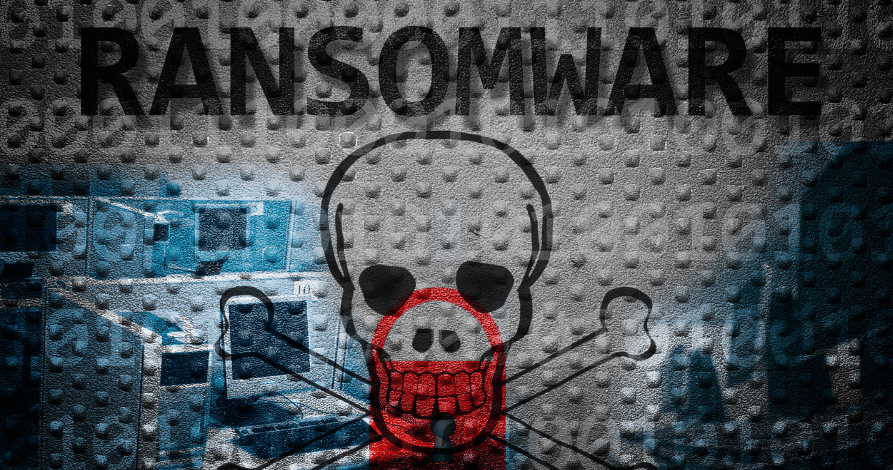Recent Data Breaches Expose the Urgent Need for Protection
In the ever-evolving landscape of cyber threats, one form of attack stands out for its effectiveness and profitability: ransomware. Recent data breaches serve as a stark reminder of the pervasive nature of this malicious software and its impact on organizations worldwide. Today, we’ll dive into the alarming statistics surrounding ransomware attacks and shed light on the urgent need for robust protection measures.
Social Engineering on the Rise
According to the Verizon 2023 Data Breach Investigations Report, Business Email Compromise (BEC) attacks, a form of social engineering, have nearly doubled and now account for over 50% of incidents. These attacks leverage pretexting techniques, highlighting their success in deceiving victims. In fact, 74% of all breaches involve the human element, encompassing errors, privilege misuse, use of stolen credentials, and social engineering.
External actors are responsible for 83% of breaches, with financial gain being the primary motivation in 95% of cases. Cybercriminals continue to exploit three primary avenues to infiltrate organizations: stolen credentials, phishing, and vulnerability exploitation.
Ransomware still rules
Credit: Verizon 2023 Data Breach Investigations Report
Ransomware remains a persistent and prevalent threat, with 24% of breaches involving this malicious software. Its prominence has not diminished over time, posing a significant risk to organizations of all sizes and industries. The impact of a ransomware attack can be devastating, resulting in financial losses, operational disruption, reputational damage, and compromised data.
Other vulnerabilities
Notably, the Log4j vulnerability garnered significant attention from both attackers and incident responders. More than 32% of Log4j scanning activity occurred within 30 days of its release, with a notable spike within 17 days. Such heightened awareness is evident in incident reports, where 90% of exploit vulnerability-related incidents contained references to “Log4j” or “CVE-2021-44228” in the comments section.
Given these concerning trends, it is paramount that organizations prioritize robust cybersecurity measures to combat ransomware threats effectively. Here are some proactive steps you can take:
- Educate Employees: Raise awareness about social engineering techniques, such as phishing emails and pretexting, to empower your staff to recognize and report suspicious activities.
- Implement Multi-Factor Authentication: Enable multi-factor authentication (MFA) to add an extra layer of security and prevent unauthorized access to accounts and systems.
- Keep Software Patched and Updated: Regularly update software and apply security patches promptly to address vulnerabilities and minimize the risk of exploitation.
- Backup and Disaster Recovery: Establish robust backup and disaster recovery mechanisms to ensure you can restore your systems and data in the event of a ransomware attack.
- Deploy Advanced Threat Detection Solutions: Leverage Managed Detection and Response (MDR) services to proactively monitor your systems, detect threats, and respond swiftly to mitigate their impact.
Ransomware attacks pose a clear and present danger to organizations worldwide. Adopting a proactive and comprehensive approach to cybersecurity can significantly reduce the risk of falling victim to these devastating attacks.
Protect your business, safeguard your data, and stay one step ahead of cybercriminals.
Sign up for our roadshow in Germany and meet us live
- Get a live demo of a ransomware attack
- Learn how to comply with upcoming NIS2 regulations
- Keep your network safe against unseen threats
More info: https://www.forenova.com/roadshow







